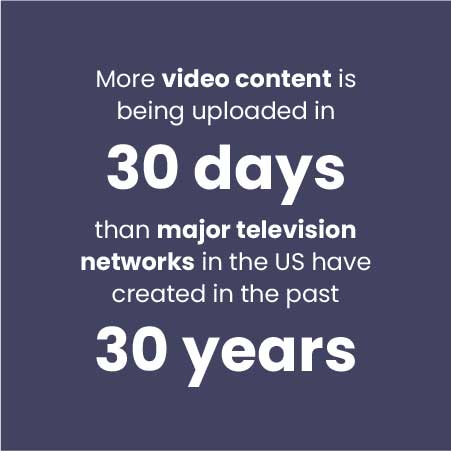The Bright Future of Sync Licensing
- Philippe Guillaud
- Oct 12, 2022
- 3 min read
A 101 on Sync + Micro-Sync Placements

What is Sync Licensing?
As a working musician or artist, learning about alternative revenue streams is a must. Sync licensing, as one of these, concerns the repurposing or ‘synchronization’ of music with another piece of visual media, such as online commercials and smaller video projects. Sync placements are a fantastic way for artists to earn money for their music, reach more fans by distributing their music in a different vertical, and enjoy their artform’s recontextualization in impactful, nuanced visual content.
Having an artist’s music compensated for through sync licensing can be a lucrative revenue stream, and its market share is growing by the year. The IFPI Global Music Report for 2022 detailed that, last year, music synchronization revenue grew by a sizable 22%. The only revenue stream that saw more growth was streaming - services such as Spotify and Apple Music - beating sync to the top spot by a mere 2.3%. Recent statistics on video content creation suggest that it may not be long before sync licensing occupies a seriously competitive space in the market. More on that later, though.
Sync vs Micro Sync Licensing
As you can probably tell from the word ‘micro’, the difference between these two concepts is size - in particular, the commercial size of the project that the music is licensed for.
Sync placements can be achieved in bigger productions such as TV shows, movies and adverts. While they are harder to achieve for smaller musicians, they are usually more lucrative and involve payouts in the thousands of dollars.
Micro-sync placements can be achieved in smaller projects such as YouTube and Social Media videos, corporate videos, wedding videos and more. They pay less, but are more attainable, and securing a good number of micro-sync placements can be a strong revenue stream for musicians.
The Future of Sync Licensing
With significant recent and projected growth of video content, sync licensing has a promising future. Currently, more video content is being uploaded in 30 days than major television networks in the US have created in the past 30 years, and 84% of all YouTube videos contain at least 10 seconds of music. With roughly 720,000 hours of video uploaded daily to YouTube, the math suggests that over 600,000 hours of licensed music is needed every day to keep up with the platform’s outgoings. YouTube is only one example, too, being one of many platforms that needs a staggering volume of aural enrichment on a daily basis. This simply further opens the market up for sync to take over.
However, there is a problem with sync licensing-convenience. Finding a track, clearing the track, identifying the rights-holders and obtaining their permission to use the track quickly and efficiently would be nothing short of a miracle for smaller content creators, and this presents a rather large roadblock that needs to be worked around before sync can really plant its flag on the music market. In the words of Synchtank:
“If we can make it easier—and faster—to discover and clear commercial music, this will inevitably open up a range of new possibilities for sync.”
At MatchTune, we recognize the opportunity that this presents, and that’s why we’ve created a convenient synchronization ecosystem for video creators and musicians – Artist Music Program (AMP). Successful artists and musicians are offered a non-exclusive micro-sync deal with MatchTune, having their music offered to creators in our revolutionary Studio app. The artist is paid every time their song is used by a creator for their video project, while still being able to distribute anywhere else. For creators, the inconvenience is removed. The AI technology in our Studio App will analyze any video uploaded to it, immediately source a handful of cleared tracks, and then match the chosen track seamlessly to the video. AMP represents the future of sync licensing - an industry that is growing in revenue every year - and artists can solidify their place in the future of music by applying to AMP here.









